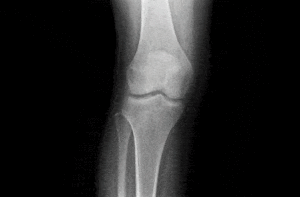
Anatomical surface reconstruction with sparse set of points
Advance navigation techniques in orthopedic surgery allow to construct 3D models of patients’ anatomical parts by matching a surface to an acquired set of data points. As an alternative to costly imaging procedures, ultrasound or fluoroscopic scan can be performed with much reduced costs and hazards. A set of surface points marked by the technician or physician forms then an initial sparse set for anatomical surface reconstruction. Here we show how RSIP Vision’s engineers overcome the challenge of using a sparse set of points to accurately reconstruct a complex 3d surface.
Read More
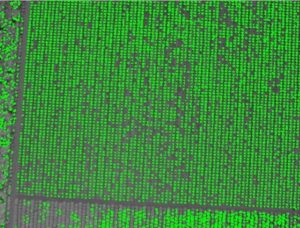
Tree Detection and Related Applications in Forestry
Using aerial images taken by drone, plane or satellite, RSIP Vision can create forestry image processing and analysis software to efficiently determine: Trees detection Automatic
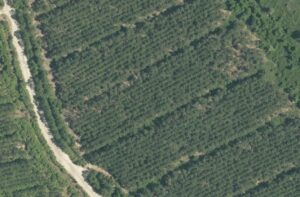
Forestry Row Detection and Related Applications
RSIP Vision creates forestry image processing and analysis software by using aerial images taken by drone, plane or satellite. Our algorithms enable to efficiently determine:
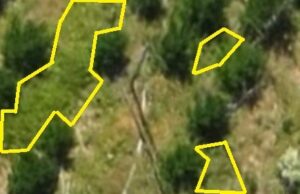
Bounded Objects Detection and Related Applications in Forestry
Using aerial images taken by drone, plane or satellite, RSIP Vision develops software for image processing and analysis in forestry to efficiently determine: Forest border
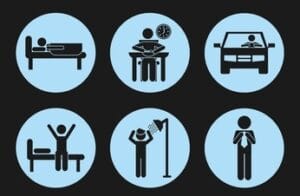
Automatic human action recognition in videos
When a video uploader disregards adding tags and categories, online video hosting platforms encounter what is called the new item problem. This can be solved by utilizing visual analysis of videos and images: first, by filtering videos into recognizable objects and combining human action segmentation and recognition; later, by training Multiclass Support Vector Machines to assign labels to detected actions in the temporal domain of videos.
Read More
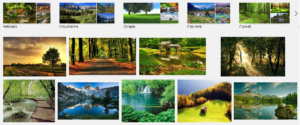
Automatic semantic tagging of images
Sites containing huge amounts of content must necessarily recommend only a narrow and relevant list to users. Recommender systems can be seen as tool to automatically generate personalized search preferences, with the purpose of keeping the balance between monetized targeted suggestions and satisfactory user experience. Automatic semantic tagging helps them do just this.
Read More
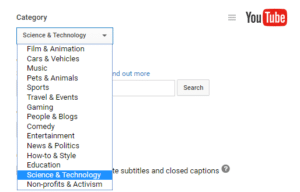
Automatic video categorization of new item
Online video hosting platforms utilize a variety of methods for content discovery. Recommender systems allow users to face the huge amount of information offered to their view: recommendation algorithms analyze the video and automatically suggest a confined set of adequate tags to the uploader. Alternatively, the system learns to automatically assign tags to videos without any user intervention.
Read More

Visual Search and Video Recommendation
Here is a simple explanation of how a Recommender System work. Take YouTube as an example: a huge quantity of videos needs to be processed, classified, tagged and ranked by users or by an automatic algorithm, before it can be used by the Recommender system. Learn how users are classified by filtering (either collaborative, content-based or hybrid) and videos are ranked by similarity.
Read More
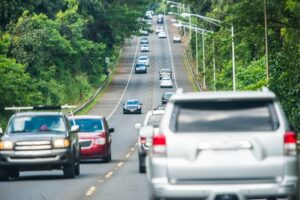
Vehicle Localization with Lane Tracking
More than 1 million people killed and 50 million injured on the roads every year make driving safety a subject of the highest importance. ADAS technologies are at the forefront of this fight: a further proof of that is our car detection and localization solution enabling to detect a danger, create an alert, avoiding the obstacle or – in the worst case – minimizing damage. This system based on machine learning follows the highest quality standards and can save lives on the road.
Read More
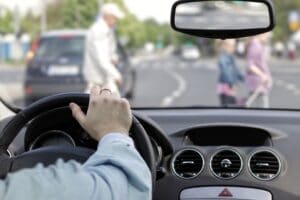
Pedestrian Detection with Machine Learning
One of the most challenging tasks of ADAS operating in urban or rural environment is the detection of pedestrians. When human behavior can sometimes be unpredictable, ADAS systems can be programmed to track pedestrians and predict with high levels of accuracy their orientation and intentions: human lives are at stake and our software is key to save them. RSIP Vision‘s algorithms do not save lives only in medical applications, but also in automotive safety systems!
Read More
